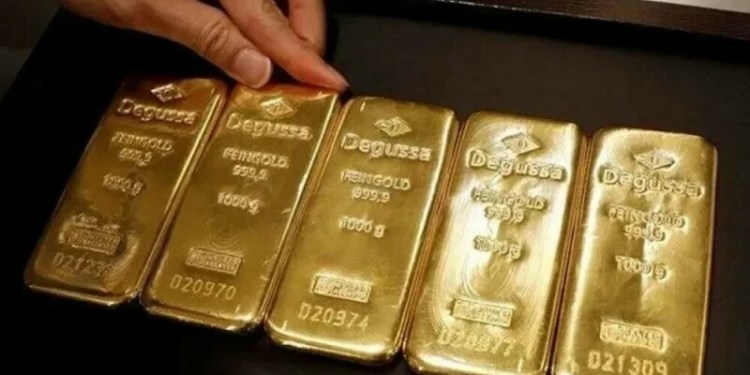NEW YORK: The euro on Thursday suffered its worst day against the dollar since the UK’s Brexit vote nearly two years ago after the European Central Bank unexpectedly indicated that it planned to keep interest rates at record lows into the summer of 2019.
The ECB’s rate decision, together with prolonging its massive bond purchase program currently worth 2.55 trillion euro through the end of this year, likely stemmed from signs of slowing growth in the euro zone, political turmoil in Italy and global trade tensions, analysts said.
“We didn’t discuss when to raise rates,” ECB President Mario Draghi said at a news conference following the central bank’s policy meeting.
That stance contrasts with the steady rate hike campaign that the US Federal Reserve signaled on Wednesday as it dropped its pledge to keep rates low “for some time.”
The ECB’s willingness to preserve its easy-money policy as part of an effort to boost the euro zone economy soured bullish bets on the single currency and caused traders to pile into the dollar and yen.
“The market was caught wrong-footed as the rates would be on hold into mid-2019,” said Peter Ng, senior currency trader at Silicon Valley Bank in Santa Clara, California.
The euro hit two-week lows versus the dollar and briefly traded below $1.16. It was last at $1.1602 for a loss of 1.58 percent, which was the biggest loss since the 2.37 percent drop on June 24, 2016, the day after British citizens voted to leave the European Union.
Against the Japanese yen, the single currency slid 1.3 percent to 128.36 yen for its biggest one-day fall in more than two weeks.
Investors now price only a 30 percent chance of an ECB rate hike of 10 basis points by July 2019, compared with a roughly 80 percent chance earlier in the day.
The US central bank, which on Wednesday raised rates for the second time this year, is expected to raise short-term interest rates two more times in 2018 and likely to lift them three times in 2019, according to a Reuters poll.
The Fed, as expected, raised rates by a quarter of a percentage point to a range of between 1.75 and 2.00 percent on Wednesday, citing a solid US economy and labor market.
“You have a widening rate differential between the US and Europe, and the dollar is the beneficiary,” said Ed Egilinsky, head of alternative investments at Direxion in New York.
As the Fed and ECB provided much of the week’s central bank fireworks, the Bank of Japan began a two-day policy meeting with virtually no one forecasting changes to its stimulative policy given recent signs of slowing growth.
“I don’t expect anything out of the BOJ,” said John Sidawi, who manages Federated Investors’ Global Total Return Bond Fund in Pittsburgh.
Source: Brecorder
























